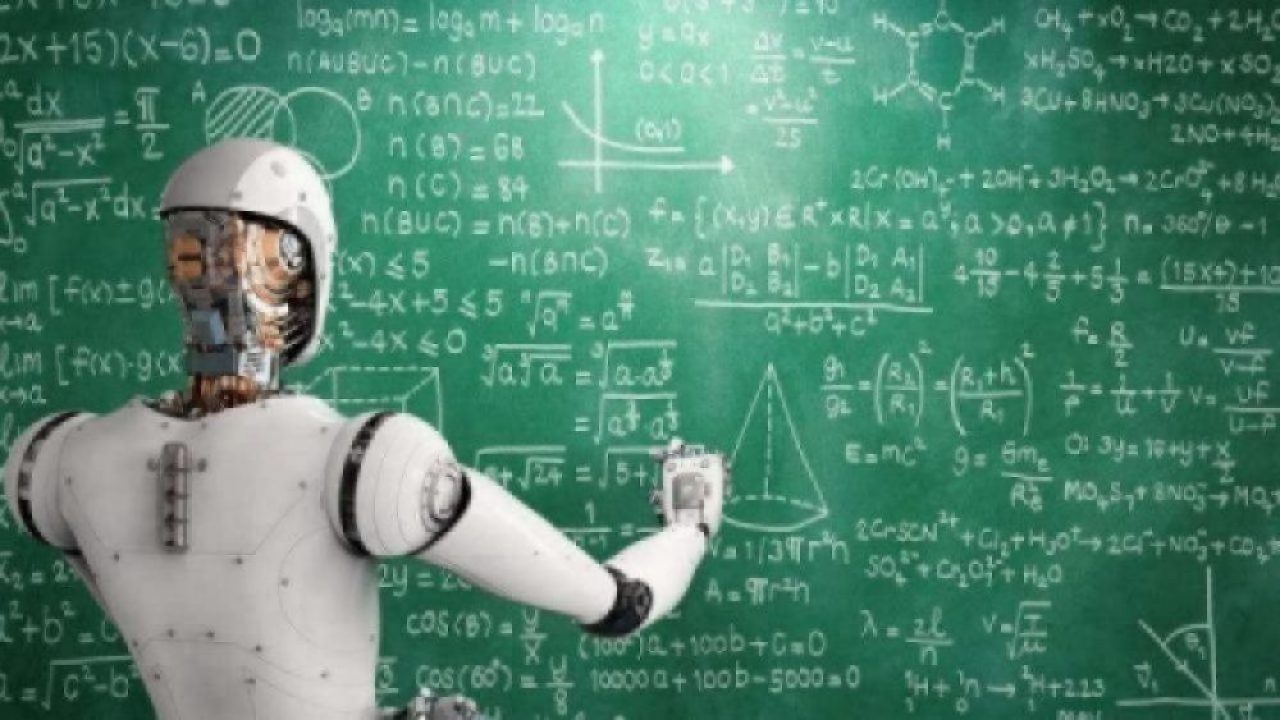Limitations of AI
Article By : Junko Yoshida

AI is great at pretending as though it understands what someone just asked, while being functionally illiterate.
Noriko Arai, who launched the "Can a Robot Get into a Top University?" project in 2011, compares her robot that arrives at statistically correct answers without understanding a thing, with Japanese kids with limited reading skills.
Go ahead. Ask Siri on your iPhone: “Tell me good Italian restaurants nearby.” Instantly, you get a list. Great.
So, ask again. This time, “How about bad Italian restaurants nearby?” A list pops up, but most of the bad restaurants are also good restaurants on the previous list.
No one with a minimal grasp of technology should be surprised. Siri — on your so-called smartphone — doesn’t know good from bad.
Oops.
In fact, modern AI (i.e. Siri, IBM’s Watson, etc.) is not capable of “reading” (a sentence, situation, an expression) or “understanding” same. AI, however, is great at pretending as though it understands what someone just asked, by doing a lot of “searching” and “optimizing.”
This is one point made emphatically by Noriko Arai, a mathematician at the National Institute of Informatics in Japan, in a recent book entitled “AI vs. Children Who Can’t Read Textbooks.”
You might recall her name from a 2017 TED talk. Arai gained her notoriety by launching the “Can a Robot Get into the University of Tokyo?” project in 2011. I’d heard of the project but paid little attention until I read her book.
Arai explains that passing the exam to enter Todai (short for the University of Tokyo in Japanese) turns to be very ambitious challenge for a machine. Unlike Jeopardy! — always framed as factoid questions — the entrance exams for Todai consists of seven sections, including math, English, science, and a 600-word essay. Each section poses distinct challenges for researchers translating natural language into machine-readable formula.
In the end, after several years of R&D by roughly 100 people — including PhD students and corporate researchers — Arai’s Todai Robot flunked the Todai exam. However, the robot did better than 80% of the students who took the test.
Definitely junior-college material.
There are many ways to interpret the Todai Robot Project, and many implications. However, here’s where I find the genius in Arai’s project:
- Arai framed her big AI research project in a simple, easy-to-understand catch phrase that got everyone’s attention: “Can AI Ace the Entrance Exam of a Top University?” Who wouldn’t want to know?
- Arai assessed where Japan went wrong with its now infamous “Fifth Generation Computer System.”
- Succinctly lays out the basic limitations AI faces today.
- She compares a Todai Robot, that can search and optimize but can’t really understand the meaning of questions, to Japanese kids who similarly cram information into their heads before taking tests, but on a very superficial level, not understanding questions they said they’d read.
Fifth Generation Computer Project
You might have heard of Japan’s Fifth Generation Computer System, a massive government-industry collaboration launched in 1982. The goal was a computer “using massively parallel computing and processing” to provide a platform for future developments in “artificial intelligence.” Reading through what was stated then, I know I’m not the only one feeling a twinge of “Déjà vu.”

The plan was to build a high-speed parallel computing machine around the concepts of logic programming. The planners believed that logic reasoning would help Japan design AI applications such as automatic diagnostic systems or machine translation. More than 5 billion yen was poured into the project.
Japan bet its national reputation on this effort. In those days, Japan was often viewed as a heavy borrower of knowledge from abroad while contributing little of its own ingenuity to the outside world. Japan hoped to deflect the stereotype and build a new reputation.
The project was an abject failure. There is no fifth-generation computer to speak of today. Yet, no official reports exist in Japan today analyzing what went haywire, according to Arai. She suspects that this is one reason why Japan has steered clear of big AI projects ever since.
Curiously, Arai points out that the U.S. corporations have all learned from Japan’s failure.
Big companies like IBM and Google “quickly abandoned the idea of developing AI around logic programming. They shifted their efforts to developing a statistical method in designing AI for Google translation, or IBM’s Watson,” she explained in her book. Modern AI thrives on the power of statistics and probability.
Limitations of AI
I also credit Arai for her bluntness in describing what AI can and cannot do today.
Modern AI can arrive at statistically correct answers. But the Todai Robot has proven that, because AI can’t understand the meaning of a sentence, it is difficult or almost impossible to answer questions that might involve some common sense, life experience and wide range of broader knowledge.
Consider the AlphaGo — the first computer program to beat a human professional Go player. Certainly, its success is tremendous. But it’s tempting to extrapolate this achievement into a belief that AI is ready to solve the world’s problems by feeding it with big data, huge computing horsepower and good algorithms.
Here’s the thing, though. AlphaGo can compute, but it has no idea that it’s playing Go. The bottom line is that AI has not yet transcended the realm of “narrow AI.”
What AI can do is compute. If data scientists can’t devise an algorithmic formula to describe what AI must solve by computing, AI won’t solve the problem.
A good example is autonomous driving. Mobileye, an Intel company, had to develop a formal mathematical model to make sure an autonomous vehicle (AV) can operate safely. Somebody had to define a “safe state” for the machine so that the AV could not cause an accident — regardless of actions by other vehicles.
Let’s get back to the Todai Robot. Asked to write a 600-word essay on maritime trade in the 17th Century, Todai Robot was able to lift information from textbooks and Wikipedia, combine them together, optimize and complete the essay, “without understanding a thing,” said Arai. Surprisingly, Todai Robot wrote a better essay than most students, she added.
But besides, I would add, it was all plagiarized.
Basic Reading Skills
The last, most important point in Arai’s book is the alarming level of reading skills among Japanese secondary school students. She was startled that an awful lot of Japanese kids lack basic reading skills. Given the same questions the Todai Robot had to answer, many students couldn’t even read the questions accurately. They might have been skipping words they don’t know, or they might not be used to taking the necessary time to comprehend what a sentence says.
While the Todai Robot — which neither reads nor understands sentences — can come up with statistically correct answers, human kids are struggling, and getting beaten by machines, because they’re functionally illiterate.
Arai has established in Japan a program for reading skill tests, based on her team’s findings from the Todai Robot project. Using the same benchmark originally created for the robot, the team created a battery of tests to gauge students’ comprehension of sentences. This is not yet a national program, but some schools have begun adopting it, according to Arai and some recent Japanese media reports.
In an era when humans must live with AI (and the accompanying AI inferiority complex), teaching kids how to program a computer misses the point. First, kids must be able to read, understand and communicate clearly what they’ve learned — to the robots who will eventually be in charge.
Subscribe to Newsletter
Test Qr code text s ss



